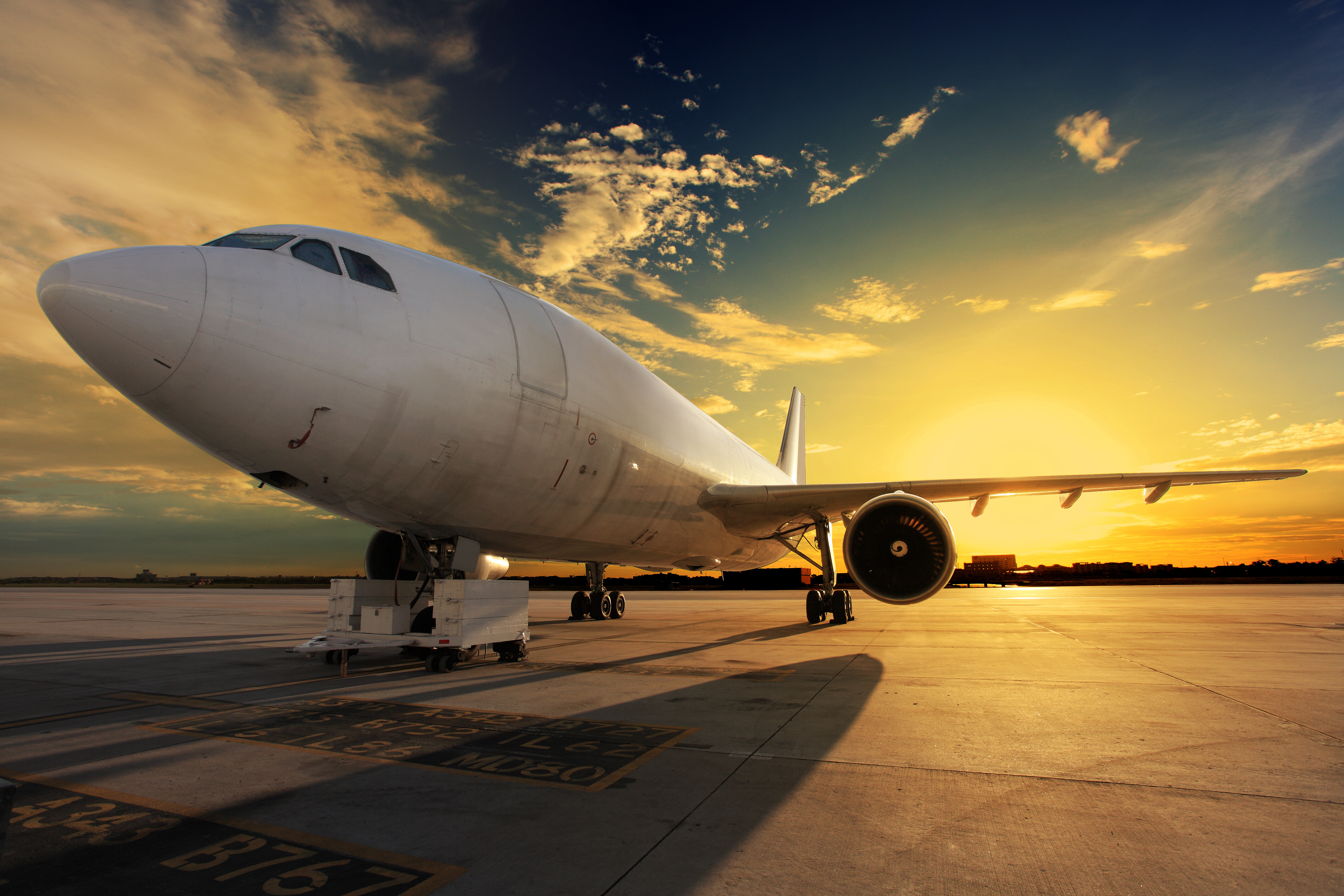New Routes Bring LatAm Closer to the UK
Extra routes, new airlines and more passengers are boosting Latin America's aviation industry. LatAm INVESTOR investigates how the region's greater connectivity will impact investors...

For a long time Brazil, Argentina and Colombia were the only Latin American countries with direct flights to the UK. A combination of old history - Britain’s only colony on the Latin American mainland was British Guiana (Guayana) – mixed with recent history – places like Peru banned British flights after the Falklands war – meant that UK feels further from Latin America than it should do.
But now that’s starting to change. Last year Colombian carrier, Avianca, launched the first London to Bogota route. And just last month British Airways announced two new Latin America services: one direct to Lima, Peru, and the other to San Jose Costa Rica.
The new flights are great news for me. But they’re also part of a wider shake-up in the Latin American travel market that could make handy profits for UK investors.
Peru just got closer
The new direct flights from the UK to Latin America should cut off around 4 hours from the Peruvian journey, bringing it down to 12 hours from 16. But more than that, they cut out the bane of any business traveller to Latin America – the dreaded US stopover.
Right now UK passengers have a choice of flying to Europe to catch a LatAm-bound flight, or getting a connection in the US. And, thanks to restrictive security measures the stopover in the US is particularly onerous.

The chance of avoiding that is to be celebrated but of course this is about more than just convenience. Anwar Chodhury, UK Ambassador to Peru, told LatAm INVESTOR that the direct flight “will give a huge boost to trade [and] its reintroduction is a very tangible sign of the strong link between Peru and Britain.” But, while the Ambassador has long been lobbying for the flight he also acknowledges that the fundamental reason for its return is because of the strong business case. “It’s something that we have been lobbying hard for but of course a business will only make a decision like this if it sees the commercial potential.”
And that’s what should be getting UK investors excited.
Tourism
The logic for BA’s move is the growing Latin American tourism industry. Increasing numbers of Brits want to visit Latin American cultural wonders, such a Peru’s Inca Trail, or natural wonders, such as Costa Rica’s incredible ecological reserves. But while British tourist visits to Latin America are growing fast, the UK is just a small part of the story.
Analysis from the UN’s World Travel Organisation (UNWTO?) shows that 80% of tourism is generated by visitors from within the region. That is to say Latin Americans visiting other parts of Latin America. The UNWTO says that, over the next decade, Latin American international arrivals will grow by 4.4% a year – twice the rate of developed economies. The growth is being fed by a number of factors. The massive increase in the Latin American middle class – around 80 million people were lifted out of poverty since the turn of the century – has created a larger market for local tourism.
"The direct flight will give a huge boost to trade and its reintroduction is a very tangible sign of the strong link between Peru and Britain…"
Another boost is coming from improving infrastructure. The region has embarked on a building boom with new airports, roads and railways springing up across Latin America. The spread of trade blocs, such as the Pacific Alliance, also helps the industry by cutting visa requirements for citizens of member countries.
Now you might think that this is a terrible time to invest in Latin American tourism. With commodity prices in a slump Latin American economic growth has slipped to a measly 1.1%. And you’d assume that less exports, lower foreign direct investment and severe cuts in government spending would all dampen Latin American tourism.
It’s not that simple. For starters that regional growth figure is skewed by Brazil’s terrible performance. Places like Chile, Mexico, Peru and Colombia are growing more strongly. Secondly, as The Economist notes, it will take something far more powerful to stop the rise in Latin American air travel. There appears to be “an iron law of aviation: rising numbers of urban middle-class people will mean rising demand for air travel, whatever short-term blips the economy suffers”. For example, the number of kilometres travelled by fare-paying passengers on aeroplanes has grown by more than 800% since 1970.
When you look at it like that, Latin American air travel is a one-way bet and this current Latin American slowdown provides a buying opportunity rather than an obstacle.